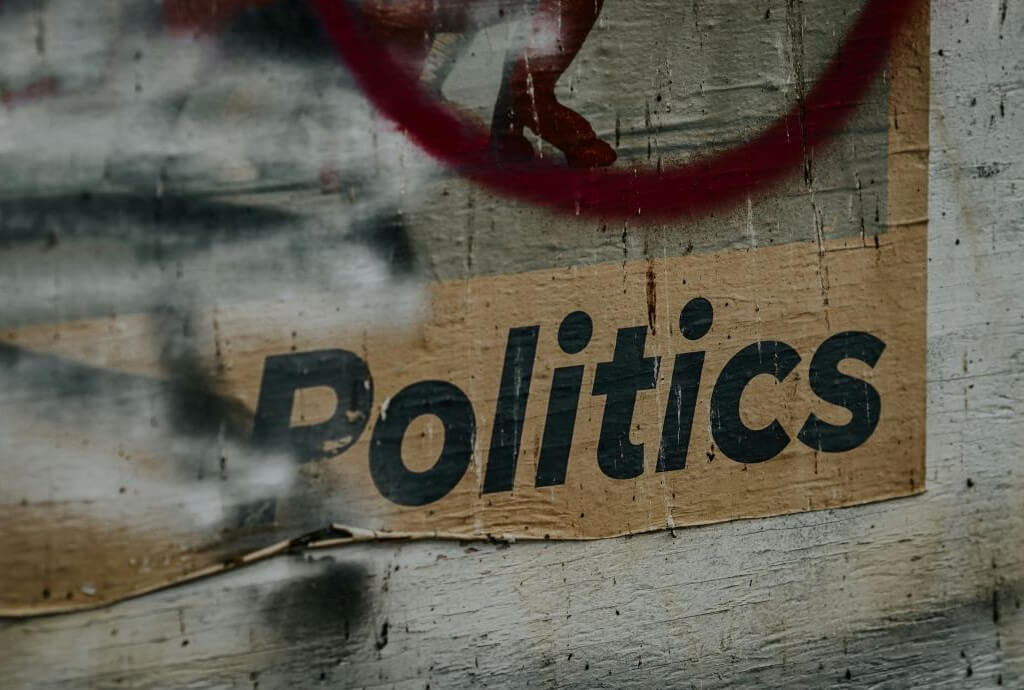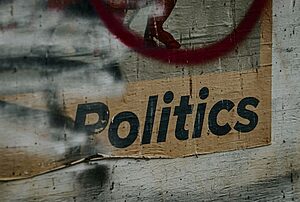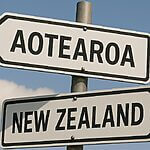In brief:
- Recent polling suggests that 49% prioritise maintaining existing roads, 20% want new roads, and only 5% place alternative transport modes like cycleways as their #1 priority.
- 54% would pay a $2 toll, but support drops to 25% at $6, which is still 5x more than those who listed cycleways as the top priority.
- Voters favour taxpayer-funded roads, with minimal support for cycleways, suggesting the government should focus on road improvements over alternative transport projects.
Polling reveals a preference for taxpayer-funded roads
A recent poll from Freshwater Strategy focusing on public attitudes towards tolls suggests a broader insight: New Zealanders overwhelmingly prioritise road infrastructure over cycleways.
Nearly half (49%) of respondents said maintaining and improving existing roads should be the government’s top transport priority, with another 20% favouring new highways. In contrast, only 5% said investment in alternative transport modes like cycleways was the top priority. This 5% pales in comparison to the 69% who prioritise road improvements or new highways.
Mixed reactions to tolls reveal hidden insight
Infrastructure Minister Chris Bishop recently advocated for user-pays funding, arguing that reliance on taxes and rates is unsustainable. However, the poll shows voters are wary. While a majority (54%) would pay a $2 toll to save 10 minutes of travel time, support drops as costs increase, with only 25% willing to pay $6. Even at a reduced 25% willingness to pay $6, this pecentage is 5x higher than the 5% who prioritise cycleways, reinforcing demand for driver-oriented infrastructure.
The poll, conducted in late November and commissioned by The Post, highlights a slight preference for taxpayer-funded infrastructure, with 49% of voters wanting new roads funded by government spending rather than private companies and tolls (41%).
What this means for government policy
The data suggests the government should carefully consider its infrastructure priorities. While tolls and public-private partnerships may help fund new projects, voter preferences lean towards ensuring taxpayer money is used to maintain and expand road infrastructure.
Investments in cycleways or alternative transport, while valuable to some, lack widespread public support and risk being perceived as misaligned with the country’s needs.



















